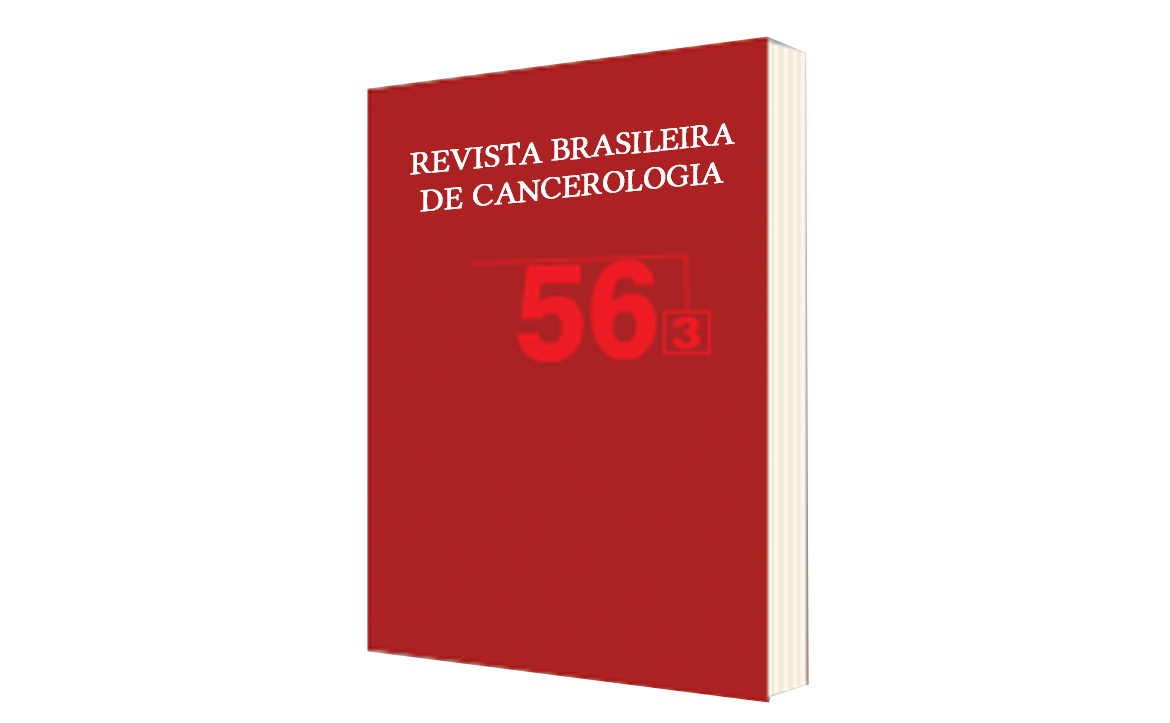Physical Therapy Contribution to the Treatment of Functional Changes Caused by Sclerodermoid Chronic Graft Versus Host Disease: a Literature Review
DOI:
https://doi.org/10.32635/2176-9745.RBC.2010v56n3.1486Keywords:
Graft vs Host Disease, Exercise Therapy, Range of Motion, Articular, Review Literature as TopicAbstract
The graft-host disease sclerodermatous is one of the most severe complications in patients who underwent transplantation of hematopoietic stem cells due to a decreased range of articular movement, which results in both functional changes and limitations in performing ordinary chores. This study aimed to discuss the contribution of Physical Therapy to the treatment of patients with reduced range of movement caused by graft-host disease sclerodermatous, based on a literature review. This is a systematic literature review, from articles published between January 2000 and January 2010 in the Medline, PubMed, Lilacs and SciELO databases that were found through the following keywords: Graft versus host disease and range of movement. Articles discussing the physical therapy treatment for graft-host disease sclerodermatous were included. During the selected period, five articles were found, but only three met the selection criteria established for this review, all of which are case reports. The study participants had similar functional changes and underwent physical therapy, most of whom progressed to functional improvement and greater independence in performing ordinary chores. Despite the limitations found in the assessed studies, the results suggest that physical therapy can contribute towards the functional improvement of these patients. Thus, further studies using more consistent methods are needed in order to objectively assess the contribution of physical therapy intervention in patients with functional changes resulting from graft-host disease sclerodermatous.









